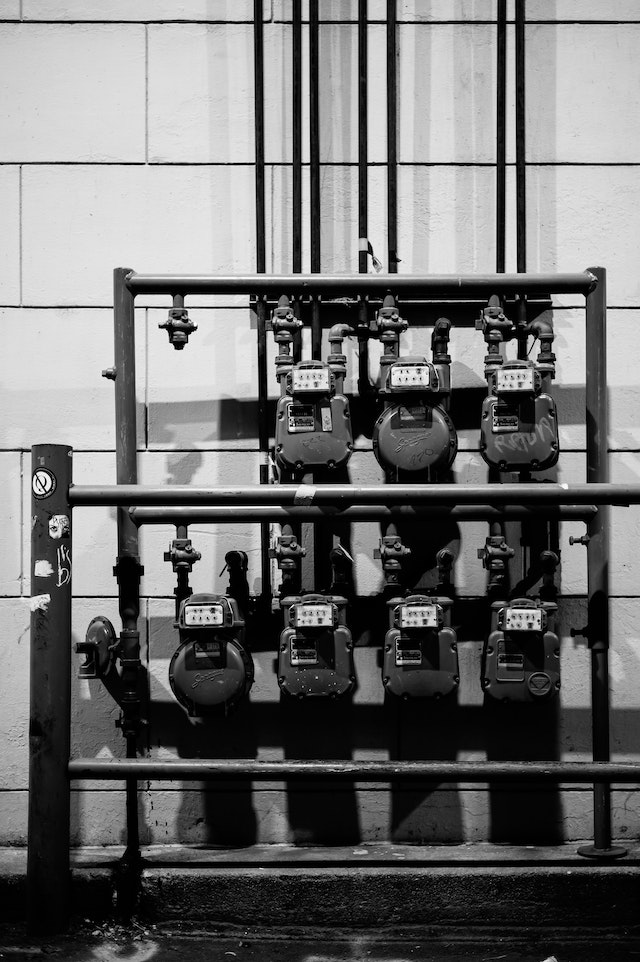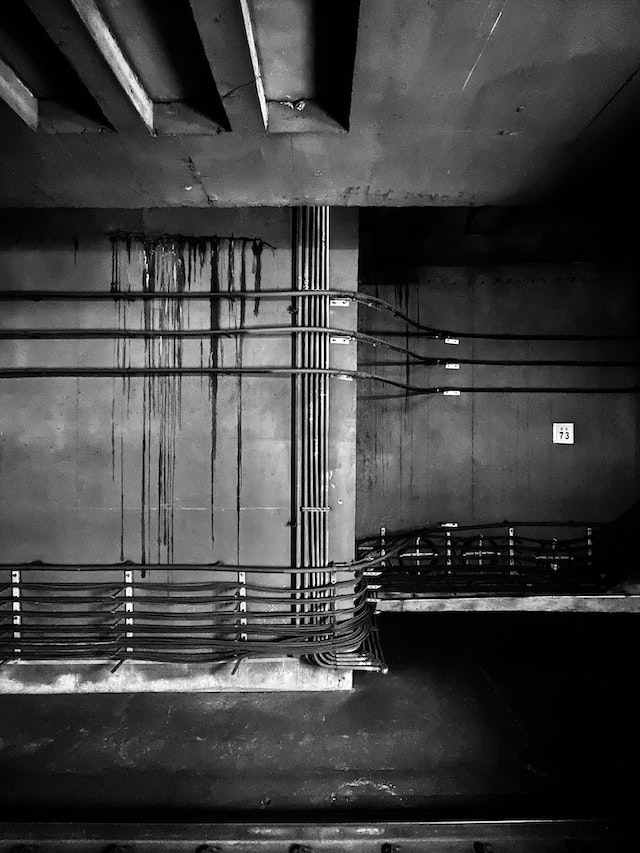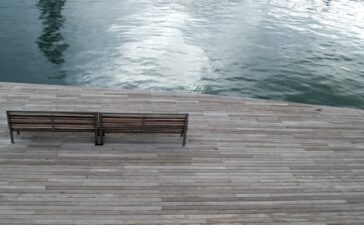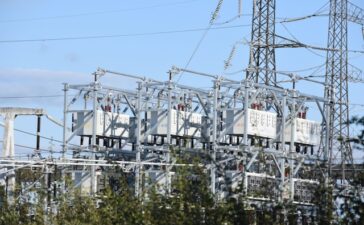Many towns in Australia depend on the water pipeline network to stay alive. It provides clean drinking water, helps farmers, and makes sure that businesses do well. But this important system is facing big problems that could put its future in danger. There are a lot of problems, and they are all quite complicated.
As we get to the bottom of these problems, we’ll look at some of the new ways people are solving them all throughout the country. Join us on a trip through Australia’s water landscape as we learn how working together and using technology are making the pipeline network stronger.
Problems in maintaining and ageing infrastructure
Australia’s water pipeline system is having a lot of problems since the infrastructure is getting old. A lot of the pipes are decades old, and if they break down, it may put the whole system at risk.
Pipelines that leak not only lose valuable resources, but they also cost a lot of money to fix. The effects on local communities can be very bad, affecting everything from daily life to business.
With limited finances and rising demands for water supply, routine maintenance has grown harder and harder. Ageing assets often need immediate attention, which puts a strain on current resources.
Also, old technology makes it harder to keep an eye on things. Traditional approaches could not catch problems until they get worse and cause service interruptions and extra costs.
Fixing these maintenance problems is necessary to keep the australian water pipelines network running for a long time while also protecting human health and the environment.

Working together with the government and private businesses
It is important for the government and private enterprises to work together to keep Australia’s water pipeline network in good shape. This partnership brings together people with different skills and resources, which leads to new ideas.
Public-private partnerships (PPPs) let both the government and private companies put money into infrastructure projects. Because of their combined efficiency, these joint ventures frequently finish projects faster.
Also, sharing information is really important. Governments can set rules, and private companies can bring new technologies and ways of doing things from other fields. This synergy leads to ongoing improvements in how services are delivered.
Also, these partnerships make it easier to get more money. By combining their money, both sectors may work on bigger projects that would be hard for either one to do alone.
These kinds of cooperative activities help get people more involved in their communities. When local stakeholders realise that people are working together to solve their problems, they are more likely to support initiatives.

Using New Technologies
The future of Australia’s water pipeline network depends a lot on the use and integration of innovative technologies. Smart sensors, remote monitoring systems, and predictive maintenance tools are just a few of the new technologies that are altering the game. These improvements make it possible to collect data on pipeline conditions in real time, which helps find problems before they get worse and need expensive repairs.
Drones are also quite useful for checking pipelines in places that are hard to get to. They give engineers high-resolution images that can help them check the condition of infrastructure without having to do a lot of manual labour or digging that would be disruptive.
In addition, artificial intelligence is becoming an important part of making water distribution more efficient. Utilities can better manage resources and cut down on waste by using AI algorithms to look at how people use them and how the environment affects them. This not only makes things work better, but it also helps protect Australia’s valuable water supply by encouraging environmentally friendly practices.
As these technologies improve and become easier to use, it will be important to use them in the current system to solve the problems that Australia’s important water pipeline network is having right now. By embracing new ideas, we can build a strong and efficient system that can fulfil future needs while protecting this important resource for future generations.




